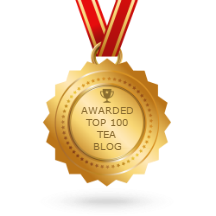A small island nation, Sri Lanka is located off the southeastern coast of India. A former British colony, Sri Lanka was called Ceylon before it became a republic and took on a new name in 1972. For almost one hundred years before that Sri Lanka produced the commodity it’s best known for today – a black tea that’s still referred to as Ceylon.
Were it not for a botanical disaster in the latter part of the nineteenth century, Sri Lanka might be better known for coffee than tea. In 1869, a fungus wiped out most of the island’s coffee crop and planters began making the move to growing tea.
Tea had been grown on a small scale in Ceylon for more than a century, but on an experimental basis only. In 1867 planter James Taylor planted a small amount of tea at Loolecondera Estate. By 1873, a slim 23 pounds were produced. In less than a decade production jumped to more than 81 tons and a decade after that to 22,900 tons. Nowadays Sri Lanka is one of the world’s foremost tea-producing regions.
Tea is grown in Sri Lanka at elevations ranging from 3,000 to 8,000 feet. Green, oolong and white teas are produced in small quantities, but black tea is the primary variety grown. At one time Sri Lankan tea was referred to as Cingalese tea, but the Ceylon name hangs on today in spite of the efforts of some to change it.

Among the noteworthy tea-related attractions in Sri Lanka are a tea museum and merchant, Dilmah’s Ceylon Tea Trails resort, which includes four classic colonial bungalows built for British tea estate managers in the days of the Raj.
http://www.pureceylontea.com/teamuseum.htm
For an interesting look at the early days of Sri Lanka’s tea industry, try Henry William Cave’s 1900 book, Golden Tips: A Description of Ceylon and Its Great Tea Industry. Look for other historical resources on Ceylon tea here:



Leave a comment